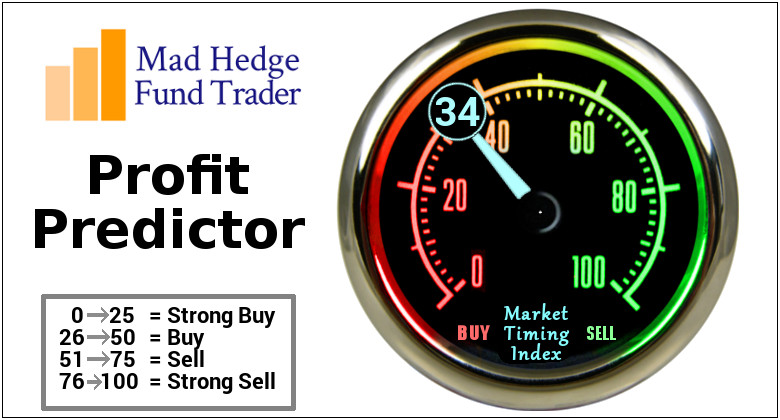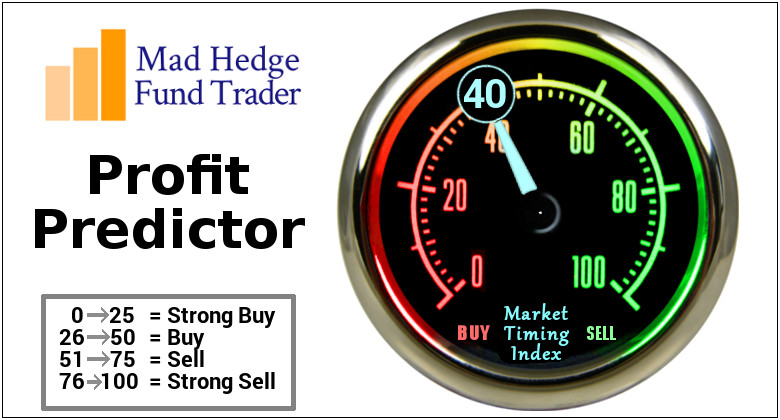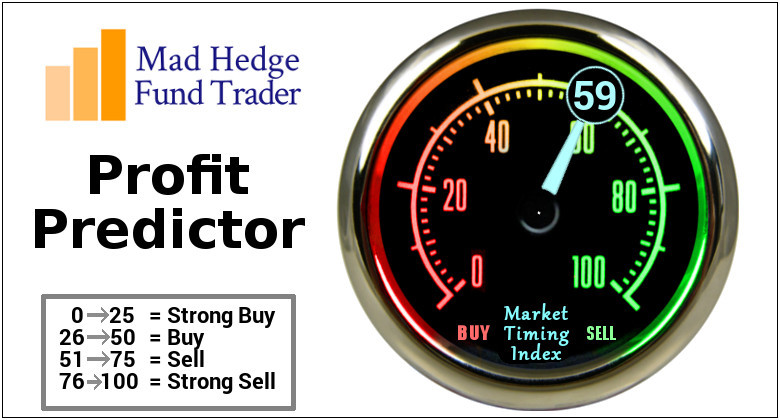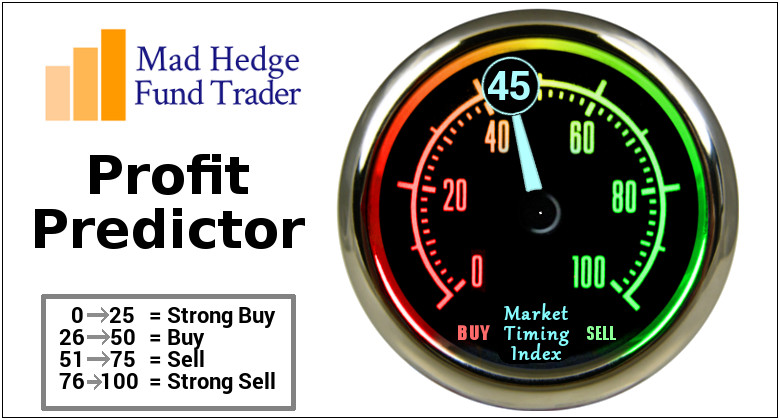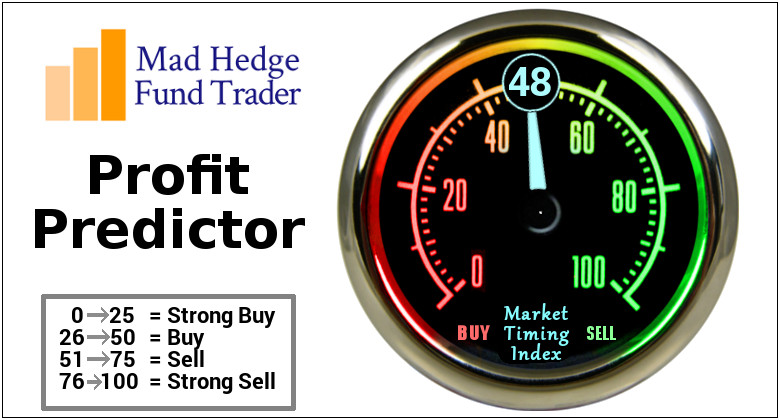Suppose there was an exchange traded fund that focused on the single most important technology trend in the world today.
You might think that I was smoking California's largest export (it's not grapes). But such a fund DOES exist.
The Global X Robotics & Artificial Intelligence Thematic ETF (BOTZ) drops a golden opportunity into investors' laps as a way to capture part of the growing movement behind automation.
The fund currently has an impressive $2.28 billion in assets under management.
The universal trend of preferring automation over human labor is spreading with each passing day.
Suffice to say there is the unfortunate emotional element of sacking a human and the negative knock-on effect to the local community like in Detroit, Michigan.
But simply put, robots do a better job, don't complain, don't fall ill, don't join unions, or don't ask for pay raises. It's all very much a capitalist's dream come true.
Instead of dallying around in single stock symbols, now is the time to seize the moment and take advantage of the single seminal trend of our lifetime.
No, it's not online dating, gambling, or bitcoin, it's Artificial Intelligence (A.I.).
Selecting individual stocks that are purely exposed to A.I. is a challenging endeavor. Companies need a way to generate returns to shareholders first and foremost, hence, most pure A.I. plays do not exist right now.
However, the Mad Hedge Fund Trader has found the most unadulterated A.I. play out there.
A real diamond in the rough.
The best way to expose yourself to this A.I. trend is through Global X Robotics & Artificial Intelligence Thematic ETF (BOTZ).
This ETF tracks the price and yield performance of 10 crucial companies that sit on the forefront of the A.I. and robotic development curve. It invests at least 80% of its total assets in the securities of the underlying index. The expense ratio is only 0.68%.
Another caveat is that the underlying companies are only derived from developed countries. Out of the 10 disclosed largest holdings, seven are from Japan, two are from Silicon Valley, and one, ABB Group, is a Swedish-Swiss multinational headquartered in Zurich, Switzerland.
Robotics and A.I. walk hand in hand, and robotics are entirely dependent on the germination prospects of A.I.
Without A.I., robots are just a clunk of heavy metal.
Robots require a high level of A.I. to meld seamlessly into our workforce.
The stronger the A.I. functions, the stronger the robot's ability, filtering down to the bottom line.
A.I. embedded robots are especially prevalent in military, car manufacturing, and heavy machinery.
The industrial robot industry projects to reach $80 billion per year in sales by 2024 as more of the workforce gradually becomes automated.
The robotic industry has become so prominent in the automotive industry that it constitutes greater than 50% of robot investments in America.
Let's get the ball rolling and familiarize readers of the Mad Hedge Technology Letter with the top 5 weightings in the underlying ETF (BOTZ).
Nvidia (NVDA)
Nvidia Corporation is a company I often write about as its main business is producing GPU chips for the video game industry.
This Santa Clara, California-based company is spearheading the next wave of A.I. advancement by focusing on autonomous vehicle technology and A.I. integrated cloud data centers as its next cash cow.
All these new groundbreaking technologies require ample amounts of GPU chips. Consumers will eventually cohabitate with state-of-the-art IoT products (Internet of Things), fueled by GPU chips coming to mass market like the Apple HomePod.
The company is led by genius Jensen Huang, a Taiwan-born American, who cut his teeth as a microprocessor designer at competitor Advanced Micro Devices (AMD).
Nvidia constitutes a hefty 9.43% of the BOTZ ETF.
To visit the website please click here.
Yaskawa Electric (Japan)
Yaskawa Electric is the world's largest manufacturer of AC inverter drives, servo and motion control, and robotics automation systems, headquartered in Kitakyushu, Japan.
It is a company I know well, having covered this former zaibatsu company as a budding young analyst in Japan 45 years ago.
Yaskawa has fully committed to improve global productivity through automation. It comprises 5.79% of BOTZ.
To visit Yaskawa's website, please click here.
Intuitive Surgical (ISRG)
Intuitive Surgical Inc. (ISRG) trades on Nasdaq and is located in sun-drenched Sunnyvale, California.
This local firm designs, manufactures, and markets surgical systems and is industriously focused on the medical industry.
This is truly a needle-in-the-haystack type of company and is not well known outside of the corridors of Silicon Valley.
The company's da Vinci Surgical System converts surgeon's hand movements into corresponding micro-movements of instruments positioned inside the patient.
The products include surgeon's consoles, patient-side carts, 3-D vision systems, da Vinci skills simulators, and da Vinci Xi integrated table motions.
This company comprises 9.55% of BOTZ and has one of the best charts out there in the tech sector.
To visit its website, please click here.
Fanuc Corp. (Japan)
Fanuc was another one of the hit robotics companies I used to trade in during the 1970s, and I have visited its main factory many times.
Thus, it's not a shocker to find out that Fanuc Corp. is the fourth-largest portion in the (BOTZ) ETF at 6.87%.
This company provides automation products and computer numerical control systems, headquartered in Oshino, Yamanashi.
It once was a subsidiary of Fujitsu, which focused on the field of numerical control. The bulk of its business is done with American and Japanese automakers and electronics manufacturers.
It has snapped up 65% of the worldwide market in the computer numerical control device market (CNC). Fanuc has branch offices in 46 different countries.
To visit the company website, please click here.
Keyence Corp. (Japan)
Keyence Corp. is the leading supplier of automation sensors, vision systems, barcode readers, laser markers, measuring instruments, and digital microscopes.
It offers a full array of service support and closely works with customers to guarantee full functionality and operation of the equipment. Its technical staff and sales teams add value to the company by cooperating with its buyers.
The company consistently has been ranked as one of the top 10 best companies in Japan and boasts an eye-opening 50% operating margin.
It is headquartered in Osaka, Japan, and makes up 7.70% of the BOTZ ETF.
To visit its website please click here.
(BOTZ) does has some pros and cons. The best A.I. plays are either still private at the venture capital level or have already been taken over by giant firms such as NVIDIA.
You also need to have a pretty broad definition of A.I. to bring together enough companies to make up a decent ETF.
However, it does get you a cheap entry into many of the illiquid, premium foreign names in this fund.
Automation is one of the reasons why this is turning into the deflationary century. I recommend that all readers who don't own their own robotic infused business to pick up some Global X Robotics & Artificial Intelligence Thematic ETF (BOTZ).
The macro headwinds have beaten down this sector in 2018, and shares are currently oversold.
Cautiously scaling in at this point would be perfect for the long-term buy and hold investor.
Audacious traders should take a look at Intuitive Surgical and buy any dip that offers entry points near the 100-day moving average.
This support level has acted as ironclad support, as the price action elevates to the sky.
To learn more about (BOTZ) please visit the website by clicking here.
_________________________________________________________________________________________________
Quote of the Day
"I can calculate the motion of heavenly bodies, but not the madness of people," - said English mathematician, astronomer, theologian, author and physicist Sir Isaac Newton.







